Online Resource: Quick Freeze a Bubble!
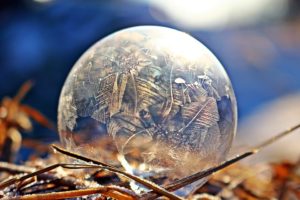
If you blow a bubble in subfreezing air, the water in the bubble freezes very quickly creating a beautiful crystalline globe.
I found gorgeous videos that I hope will fascinate your students.

If you blow a bubble in subfreezing air, the water in the bubble freezes very quickly creating a beautiful crystalline globe.
I found gorgeous videos that I hope will fascinate your students.
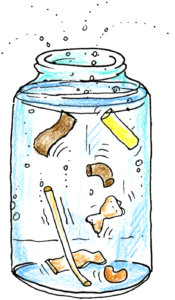
Pour a can of clear or lightly colored soft drink into a transparent container. Drop in a few pieces of raw pasta.
Initially the pasta sinks to the bottom of the container because each piece is denser than the liquid.
Bubbles of gas attach to the pasta and it slowly rises to the surface.
Your students are pretty interested at this point in just what’s going on!
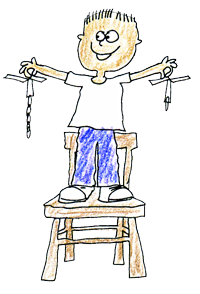
Cut and fold paper to create a helicopter that spins as it’s dropped to the floor. Create a second helicopter but this time change the size or mass of the helicopter. It can be hard to time a helicopter as it drops so consider dropping the two helicopters to determine if the change affects how the helicopter falls to the floor. For more about this activity, check out these resources: eGFI Dream Up the Future or a FREEBIE created by Bryce Hixson. My students enjoy this activity so much I included it in my Pushes and Pulls product at TpT.
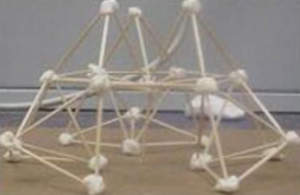
Here’s another activity to consider that requires less common materials, raw spaghetti and miniature marshmallows. You’ll want to set aside time if your students love this activity like mine do. Suggested grade level is sixth. Younger students might struggle with being patient and handling small materials. If you have younger students you might use tape instead of marshmallows to create towers. After your students complete their structures consider, if space allows, leaving them out on a shelf. As the marshmallows dry the structures remain intact. Kids love seeing their work displayed in the room! You might view this TED talk to find out why kindergarten students are better at this kind of …
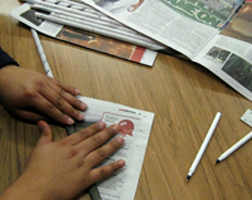
Need a quick activity that requires only newspaper and tape? Maybe an activity for a family science night? www.flickr.com/photos/vinzcha/ / CC BY 2.0 Consider this online resource adapted from PBS that combines science and engineering. It includes a clearly written procedure, vocabulary, background, and suggestions for an assessment. It could be completed by teams of engineer/scientists in your classroom! My students love this activity. The site suggests 20 minutes but my students always ask for more time to try variations they’ve seen other teams attempt. That’s what scientists do right, build on each other’s work?
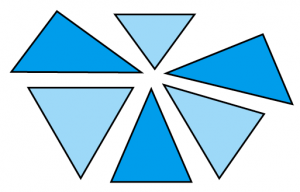
Are you planning to introduce or review geometric shapes this year?
You’ll want to take a look at a new FREEBIE worksheet I added to my TPT Simply Math Store.